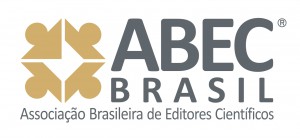Post-anesthesic recuperation unit: nursing diagnosis based in Levine conceptual frame
DOI:
https://doi.org/10.5216/ree.v6i3.841Keywords:
Diagnóstico de Enfermagem, Enfermagem Perioperatória, Filosofia em EnfermagemAbstract
Diagnostic of nursing is na excellent na current subject, the objetive of this assignment was to identify the most frequent diagnostic of patients in the unit of post-anaesthetic recuperation. To base the present study we opted to the conceptual model of Levine.The sample was composed by fifteen patients of with age that range between 21 and 70 years. The date were collected by na instrument previously elaboratedthat was used in the accompaniment of the patients in the first hour they remained in the URPA. In the identification of the nursing diagnostic using the process of diagnostic reasoning described by RISNER (1986), that indicated categories in whitc they were denominated according to the taxonomy II by NANDA. The result evidenced nine diagnostic of nursing and the ones that obtained frequency higher than 80% were: Unbalanced body temperature (light hypothermia) (100%), (higgh) risk for infection (100%), (High) risk for injury because of the perioperative positioning (100%), harmed social interaction (100%), (High) risk for modified respiratory function (93,33 %) , (high) risk for aspiraion (80%). This study allowed identify that nursing diagnostic, for the implementation of complications about assistance and prevention, having in mind the target of total attention in the related unit.
Downloads
Published
Issue
Section
License
Copyright (c) 2006 Revista Eletrônica de Enfermagem

This work is licensed under a Creative Commons Attribution 4.0 International License.














